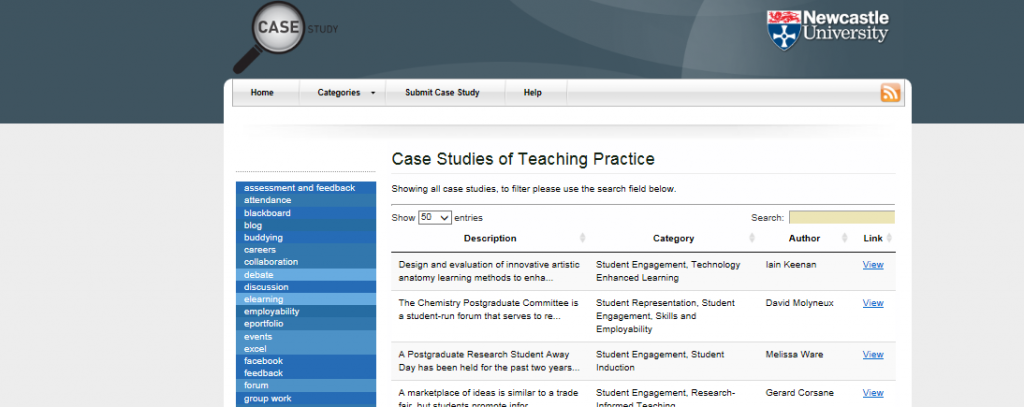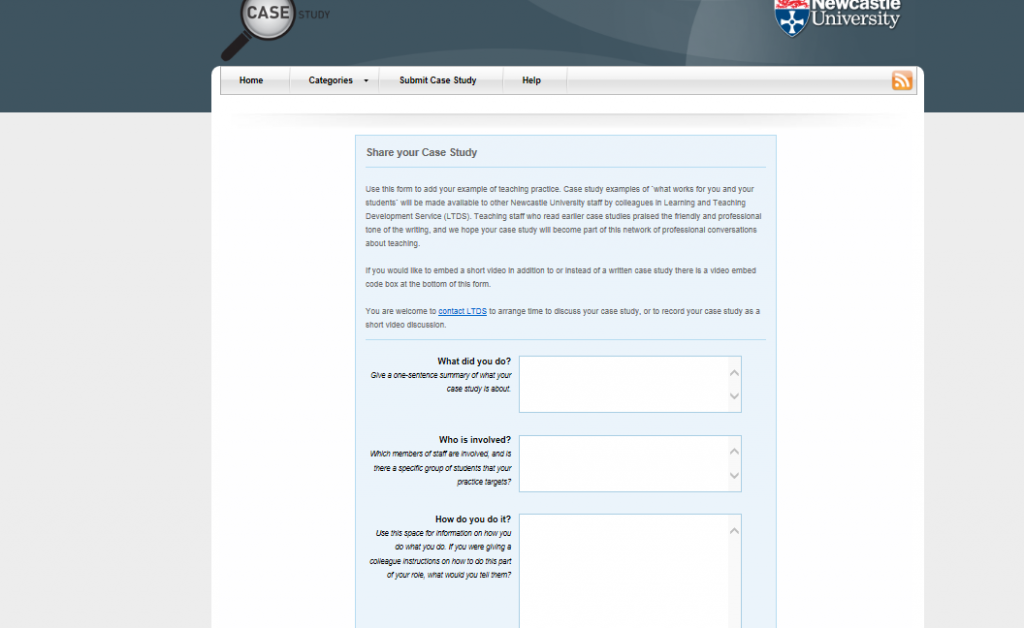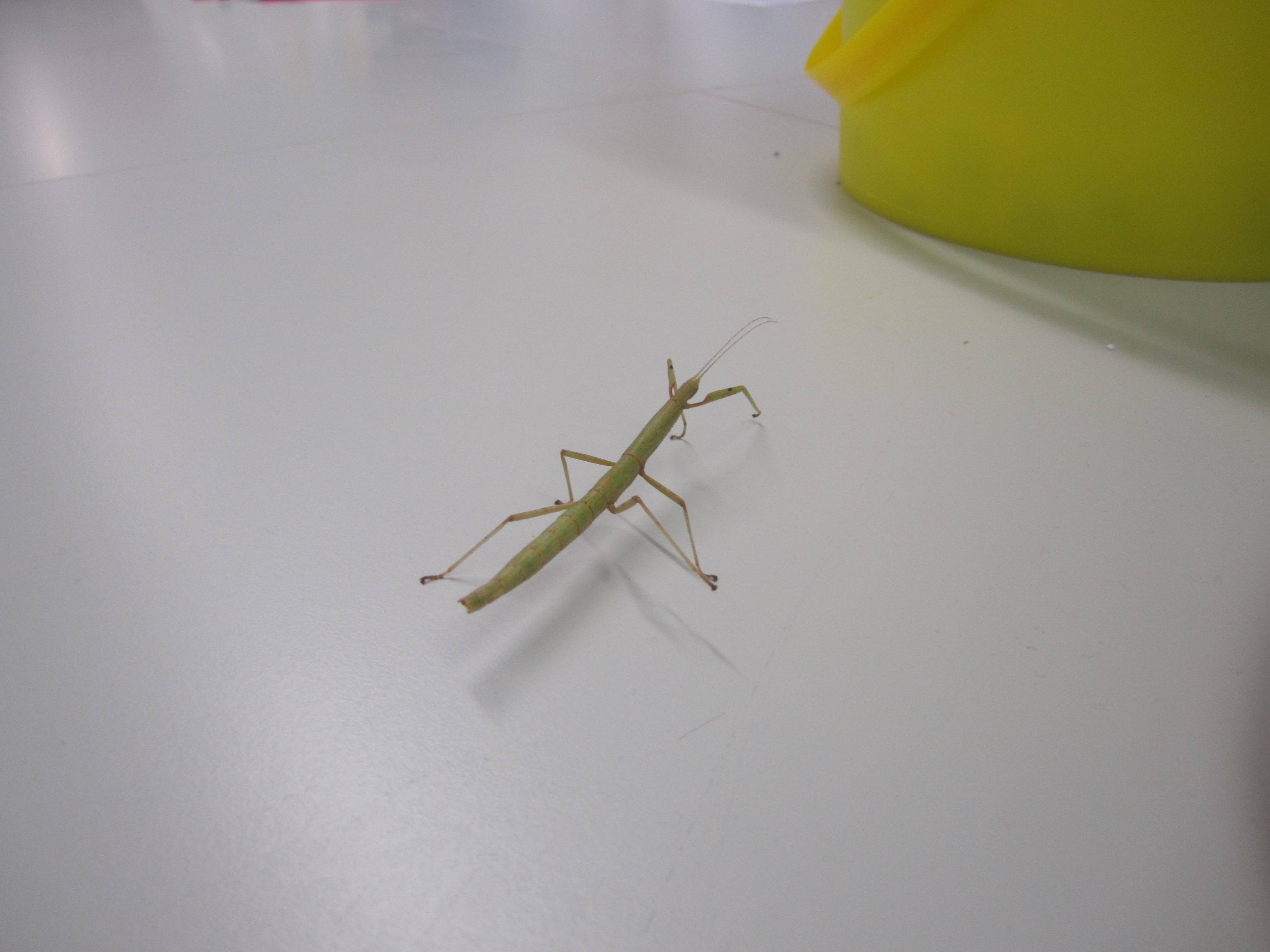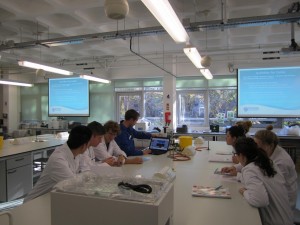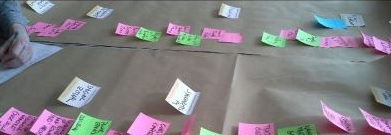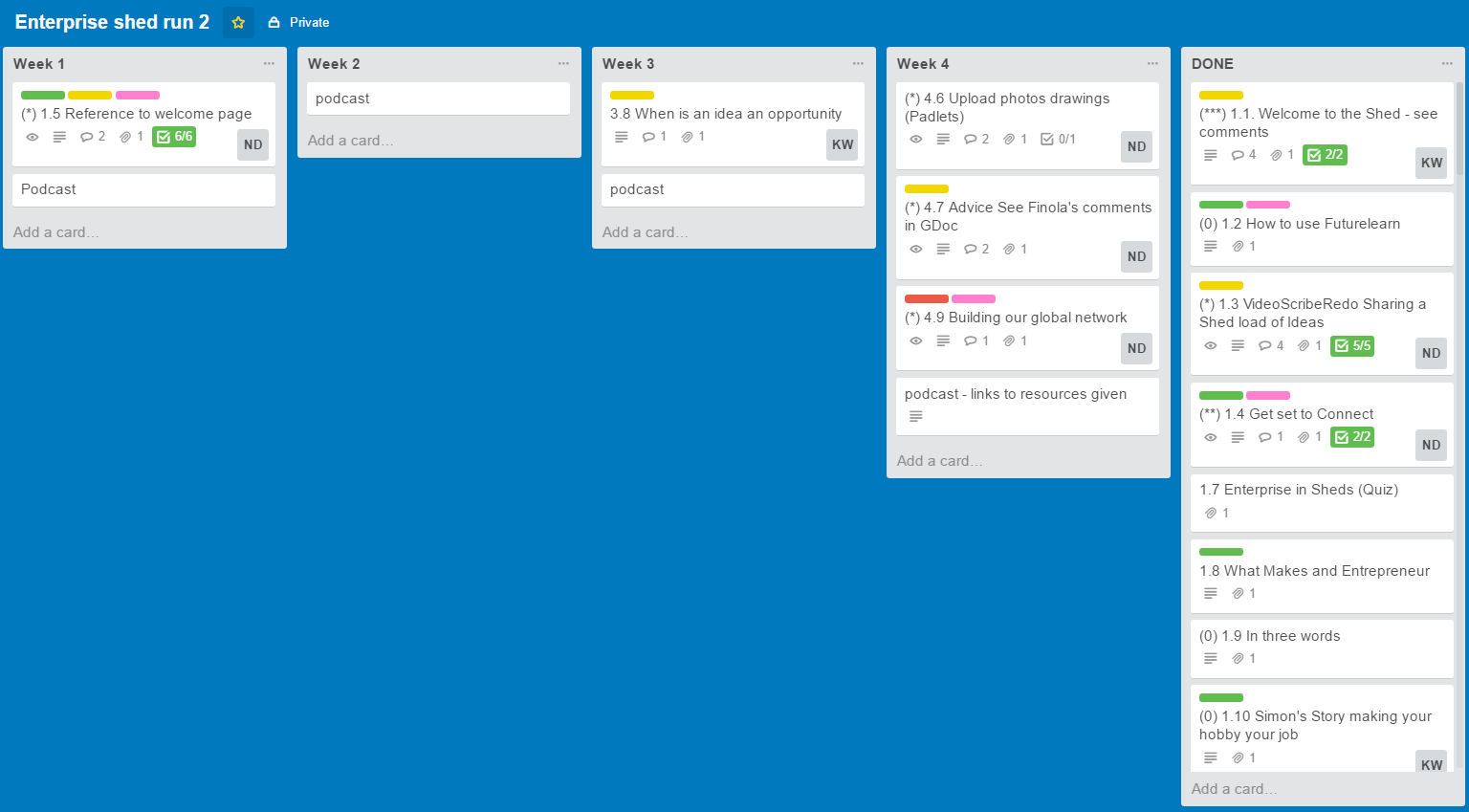NUTELA Award winner Graham Patterson has been spearheading innovative technology-led teaching in the School of Civil Engineering and Geomatics.
Graham has worked extensively with staff to oversee the adoption of mobile Android-devices to support teaching and learning across the School.
Graham said: ‘We started using Android tablets three years ago, giving one to each student in their first year
‘They get used for all sorts of things. We use software called Responseware to get feedback in lectures, polling students on the correct answers to questions or to see if they understand.
‘We’ve also used it to replace paper handouts which we used to use a lot, so now students can download PDFs before lectures.
‘We have worked with staff over the last three years to format these PDFs so that there is room for a slide or diagram and then for the student to take notes as the lecture goes on.’
At the beginning of their first term Graham and academic lead on the project, CEGS Teaching Associate Henny Mills organise three sessions to introduce the students to the technology.

The first session is aimed at familiarising them with the device and the Android operating system, the second focuses on University facilities on the tablet, such as accessing University drives and timetables and the third is a Drop-In session to address any teething problems.
Students have responded really positively to the changes and to the scheme is going from strength to strength is CEGS.
‘Students really like being able to use the tablets in practicals, as a second screen.
‘The Galaxy Note 10 was very carefully selected because it allows them to have two screens open at once, so they can be looking at a PDF and taking notes on the lecture.
‘It also allows them to view AutoCAD documents and others and has a great camera for field trips which they find useful, health and safety permitting.’
As more and more schools across the University start using responseware and other sorts of technology to enhance their learning and teaching experience, it’s becoming increasingly important to share good practice in what sorts of devices, software and support systems work.
Graham said: ‘We thought that this system was going to require a lot of technical support but actually after the initial sessions, students are very capable of using the devices provided there are no problems with the hardware.
‘We were also concerned about students using facebook and twitter in lectures and not paying attention but I think, with mobile phones and laptops, students who wanted to do that were always just going to find a way anyway.
‘We’ve made it clear to students that this is not a gimmick or a toy, it’s something they must bring to lectures and it’s something that they are responsible for.
‘Most of them respect that and use it responsibly.’
Is there an example of innovative or good practice in teaching in your school? Email: Katherine.cooper@ncl.ac.uk. For other great teaching ideas have a look at our Case Studies Database.



